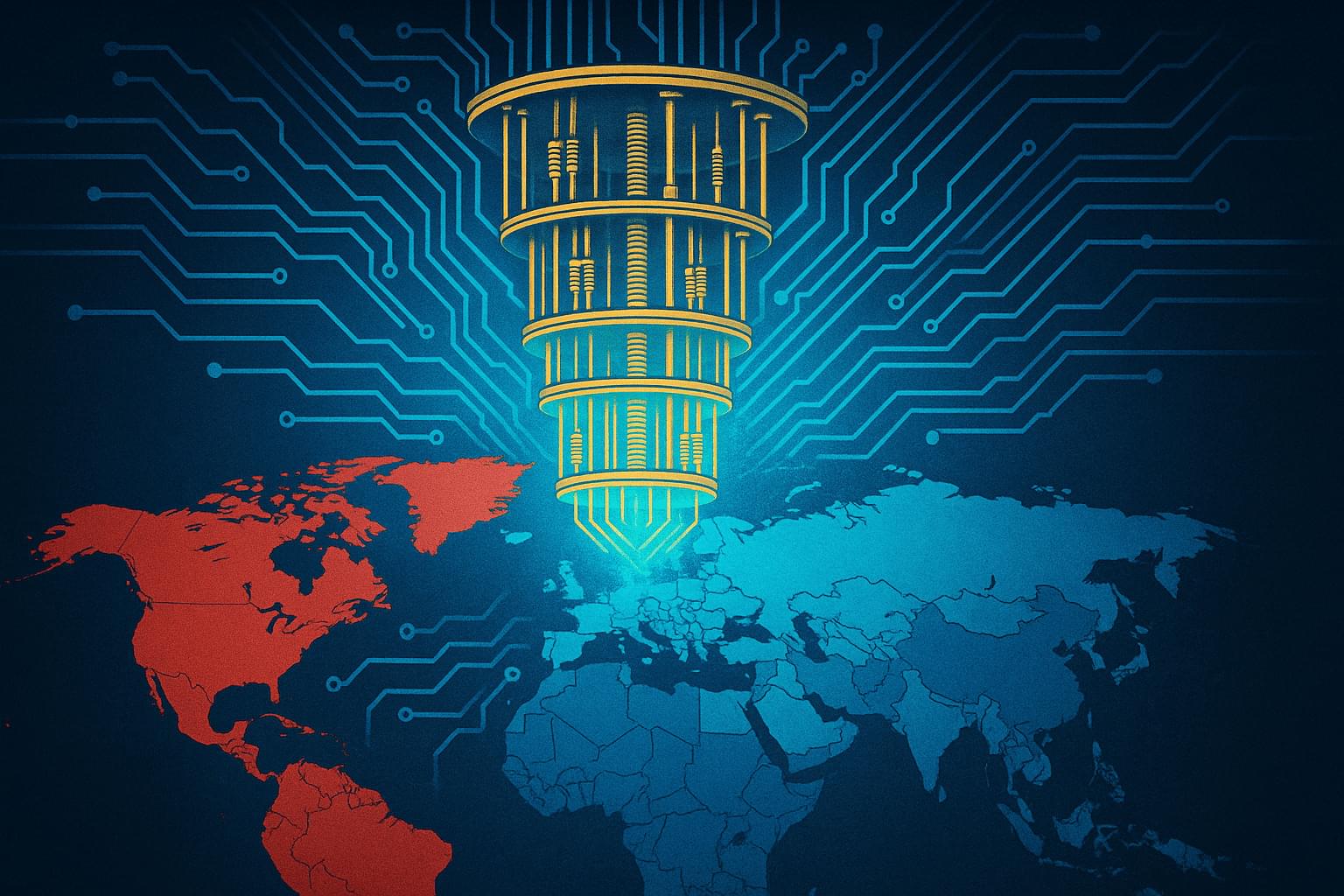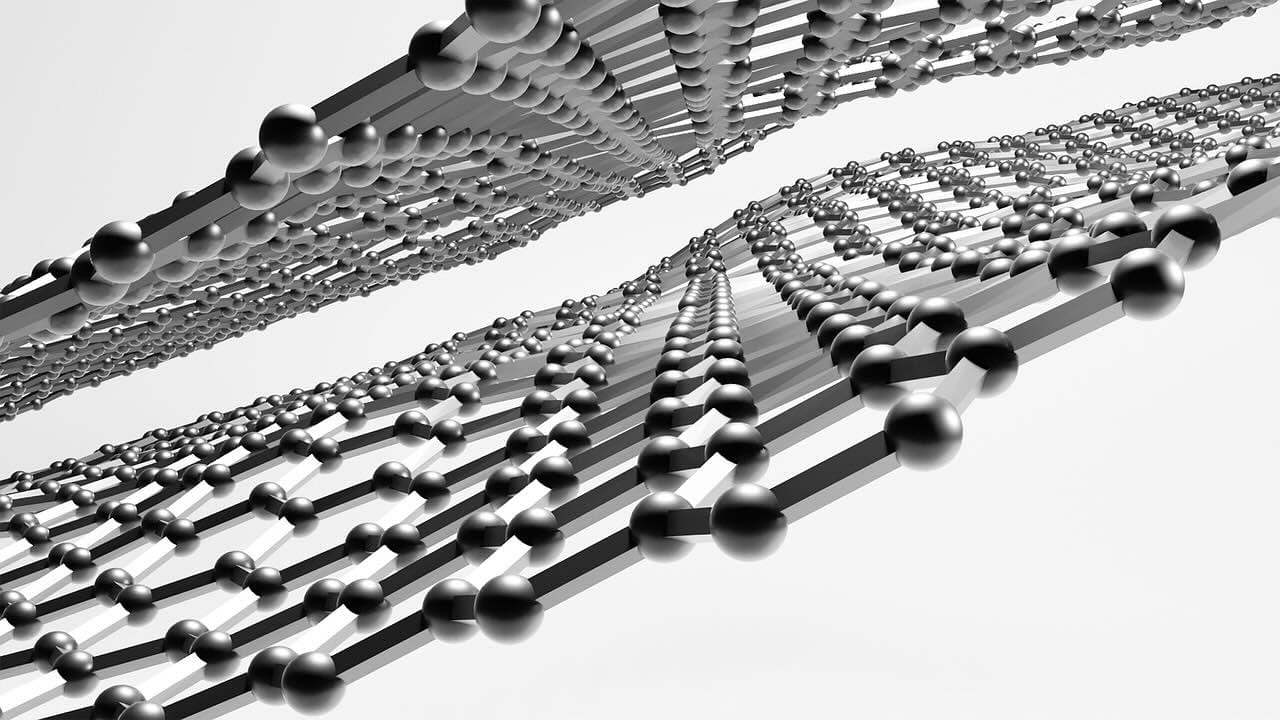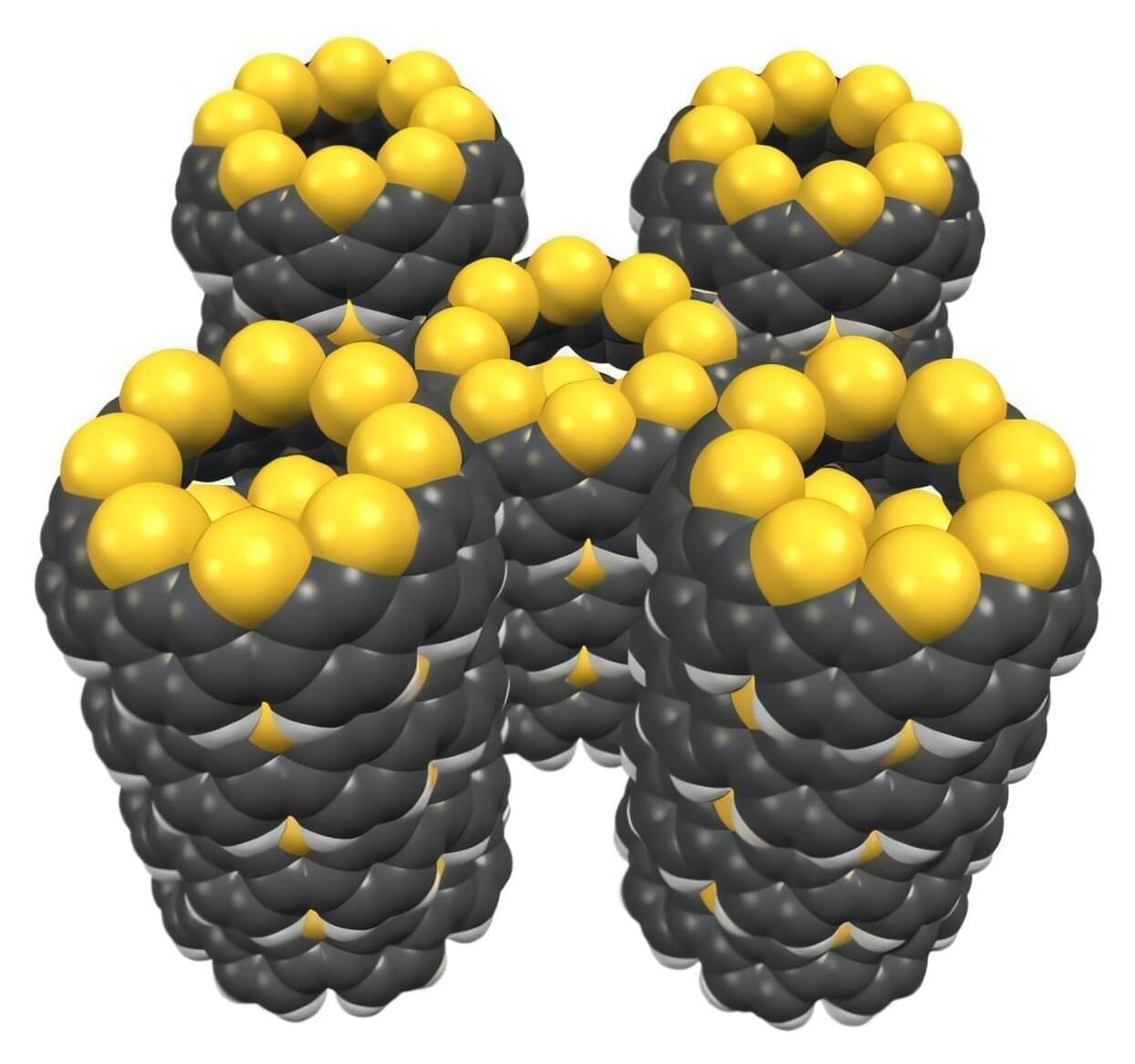The new findings could help improve vaccine effectiveness in some immunocompromised patients. Researchers at the University of Colorado Anschutz Medical Campus have uncovered a critical, previously underappreciated role for B cells in vaccine protection. Best known for producing antibodies, B cells also guide other immune cells, specifically CD8 T cells, teaching them how to mount lasting defenses after vaccination.
The study was recently published in The Journal of Clinical Investigation.
“Think of CD8 T cells as rookie firefighters,” said lead author Jared Klarquist, PhD, assistant research professor of immunology and microbiology at the University of Colorado School of Medicine. “B cells teach the class on pacing. Without them, the rookies rush in, fight hard, and quit. They don’t save anything for the next fire.”









